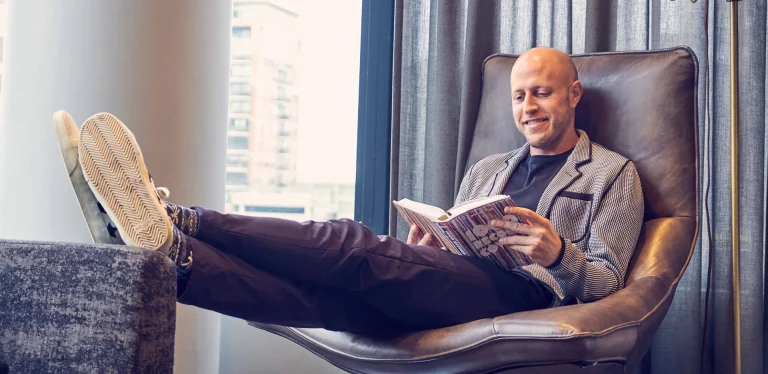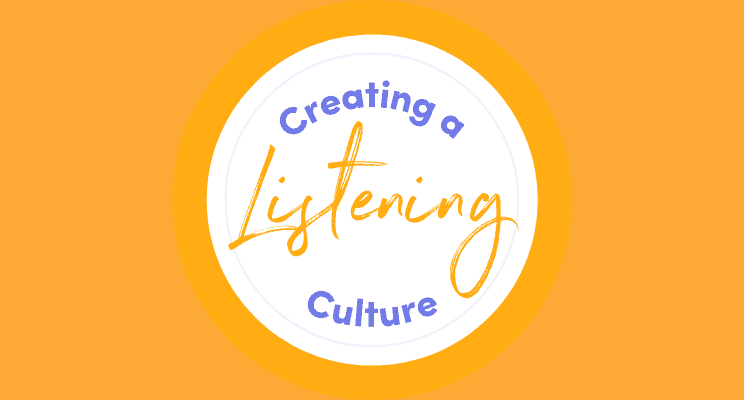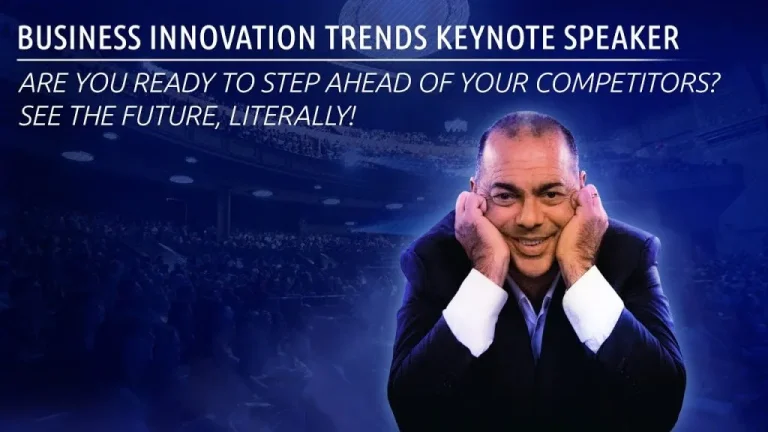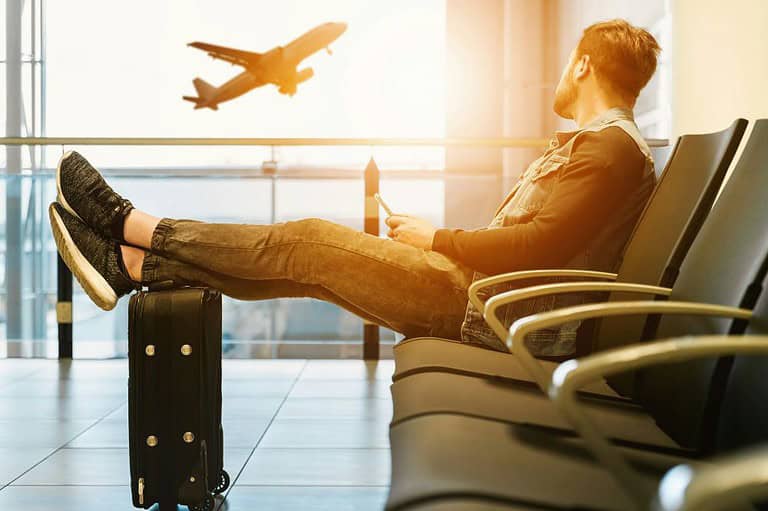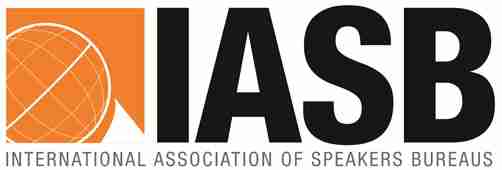- Author: Ryan Jenkins
- Word Count: 972
Read the news article
It’s challenging for leaders to create psychological safety because by virtue of their role they have power, and power is a barrier to psychological safety. In order to counterbalance the weight of their powerful role, leaders have to go out of their way to intentionally and strategically build psychological safety. Luckily this safety won’t cost you $2,779,480 like it did Strauss.
- 12% increase in productivity
- 27% reduction in turnover
- 40% reduction in safety incidents
Just like the 19 bridge workers who bounced back from their falls, lonely workers can rebound out of isolation when the psychological safety net is in place.
Want help creating a more connected workforce? Check out Ryan’s latest Wall Street Journal Bestselling book: Connectable.
Contact us at Speakers Inc and follow us on Twitter
Further articles you may enjoy:
- (3)
A couple of weeks ago I was in Orlando for a talk. And, the night before I was sitting at the hotel restaurant grabbing some dinner. Out of the corner of my eye I saw that there was a basketball game on the tv at the bar and I knew the THE 3 C’S OF […]
- January 14, 2023
- (45)
Wildlife motivational speakers are unique in the world of keynote speakers. They draw from the wonders of nature and their experiences in the wild to inspire and motivate audiences. These speakers often possess backgrounds as conservationists, wildlife experts, adventurers, and environmentalists. Their messages are not only about protecting the planet but also about leadership, resilience, […]
- August 15, 2024
- (16)
Over the last four weeks, I’ve elaborated on what I call the Closing the Loop. You can find the articles here. This consists of: Step 1: Recognizing the Unsaid – Unspoken things in your culture’s organization to recognize that your people aren’t telling their entire truth. Step 2: Seeking to Understand – Leaning in to […]
- December 20, 2022
- (11)
The Virtual Keynote Revolution: How Online Events Are Reshaping the Speaking Industry The Shift from In-Person to Virtual Keynote Events The global events landscape is undergoing a fundamental transformation. Once defined by large hotel ballrooms, conference centers, and meticulously coordinated travel arrangements, the speaking industry is now embracing an era where the stage is any […]
- December 13, 2024
- (37)
Diversity training is valuable for increasing inclusion and fostering a more positive work environment. But not all diversity training is created equal. In order to be effective, diversity training should include certain key elements that can benefit your participants and your organization as a whole. For example, many organizations focus exclusively on race or ethnicity […]
- January 10, 2023
- (36)
Corporate Events for 2025 have always been pivotal in fostering professional connections, enhancing brand presence, and sharing groundbreaking ideas. In 2025, this industry is experiencing transformative changes fueled by technology, sustainability, and evolving attendee expectations. Below, we explore the top trends redefining corporate events this year. Emerging Trends in Corporate Events for 2025 1. Hybrid Events […]
- January 8, 2025
- (9)
In most of the tasks we perform Technology in our day-to-day life, having an assistant to help us can make things much easier. For that reason, one of the latest trends in technology has been the creation of virtual assistants. Usually, these help systems are connected to our phones, and we can also connect them […]
- January 17, 2023
- (52)
Elevating the Customer Experience at Airports: How Airports are Enhancing Every Passenger’s Journey For travelers around the world, airports serve as the gateway to their adventures and journeys, but this Customer Experience at Airports can often be challenging due to stress, long lines, and crowds. In response, airports have started transforming their customer experience (CX) […]
- October 31, 2024
No results available


